Meet the Architect Transforming the Homes of Lakhs of Slum Dwellers
Shelter Associates, spearheaded by architect Pratima Joshi, has transformed slum settlements across Pune, Pimpri Chinchwad, Navi Mumbai, and Kolhapur with its pioneering mapping solutions.
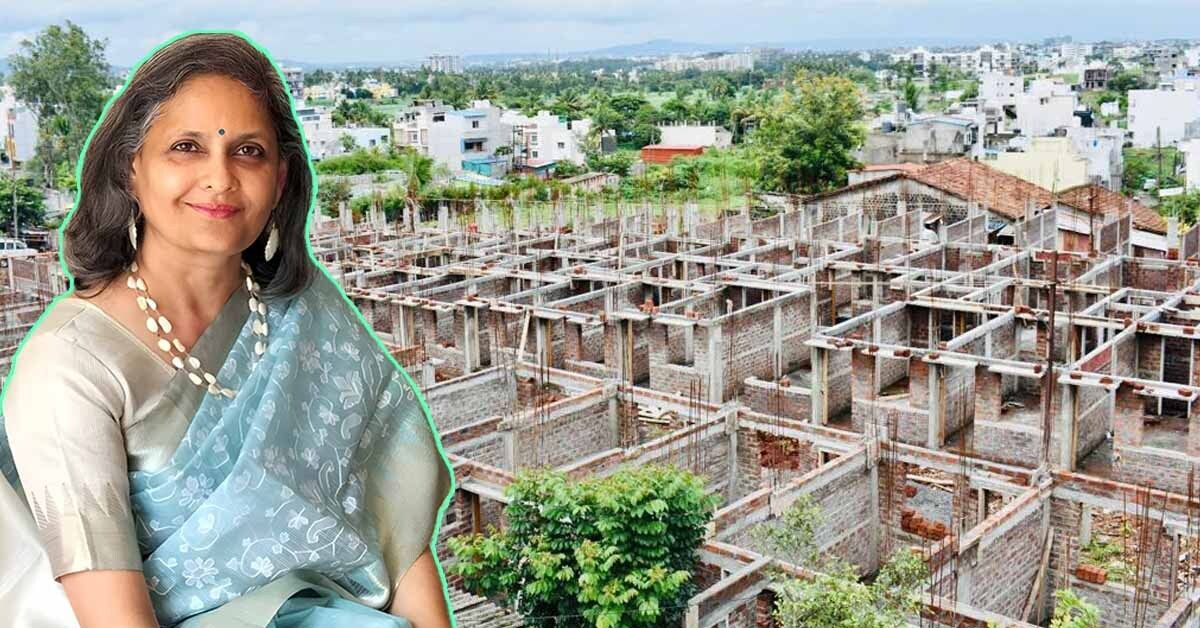
For Lata Ratan Misal, a resident of Indira Vasahat in Pune, the walk from her home to the community toilets was a long one. It felt longer at night. Misal would often ask her granddaughter to accompany her. But then, she’d worry about the girl’s safety while she visited the toilet.
The duo found some respite to these woes in 2021. That year, hope arrived in the slum area through a project started by NGO Shelter Associates — founded by Pune-based architect Pratima Joshi in 1993. As Joshi shares with The Better India, the founding idea of the NGO was (and is) to facilitate access to sanitation, housing and water in the slum areas of India.
Misal was one of the many residents in Pune’s Indira Vasahat who was provided with a toilet inside her house; a rarity that she still recalls to be a “blessing”. While Misal was enjoying this newfound luxury in her Pune home, 150 km away in Parshiwadi, Thane, another gentleman Janardhan Gopal Jadhav was getting ready to construct his home toilet with the material provided by Shelter Associates.
It was high time. Jadhav and the other residents of the area had been appealing for new drainage networks for years. But their cries fell on deaf ears. That year, Joshi’s team visited the area equipped with sanctions and materials.
“Because of this, we could get toilets built in our house at a very low cost. This has been a boon to several families residing here, especially for disabled people,” Jadhav notes.

“These stories are the reason I started,” Joshi emphasises.
Despite an architectural background, she chose not to go the traditional route of commercial projects and opted instead for the development sector. She credits her master’s course at London’s Bachelor’s School of Architecture and Planning for her unconventional choices.
“Topics like urban poverty are rarely covered in architectural courses. But these interested me. During my master’s, we were taught by several leading planners and architects. By the time I was through with the course, I had made up my mind to devote my skills to the have-nots of the city.”
A year later, Joshi moved to Pune where she started her social venture. As she adds, the vision at the time was to revolutionise slum settlements in India through a community-centric approach.
Thirty years later, this vision hasn’t changed.
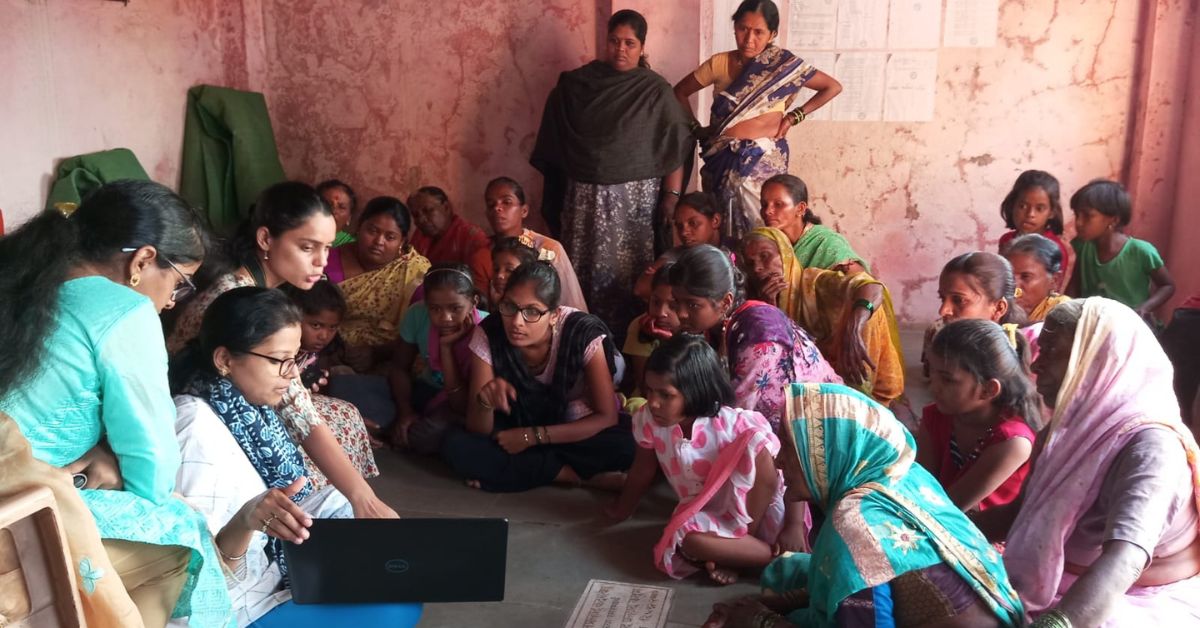
Breathing hope into the slums of India
Remind her of the impact Shelter Associates has managed to create today — 27,000 slum homes equipped with a toilet inside the home — and Joshi says these numbers were once only a dream. “I had no social work background,” she reminds us.
But even as she stood precariously on the edge of this new project in 1993, with nothing to guide her but pure instinct, her amateurism turned out to be a boon. The newness of things was frightening but also liberating, she adds.
Three decades strong, Shelter Associates has survived the test of time. Pointing to the secret sauce that has paved the way to success, Joshi says it is “data”.“This was the missing piece when we started.” Early on, she saw the lack of well-formulated data to be the reason behind haphazard policies and projects that were being done. The impact was invisible.
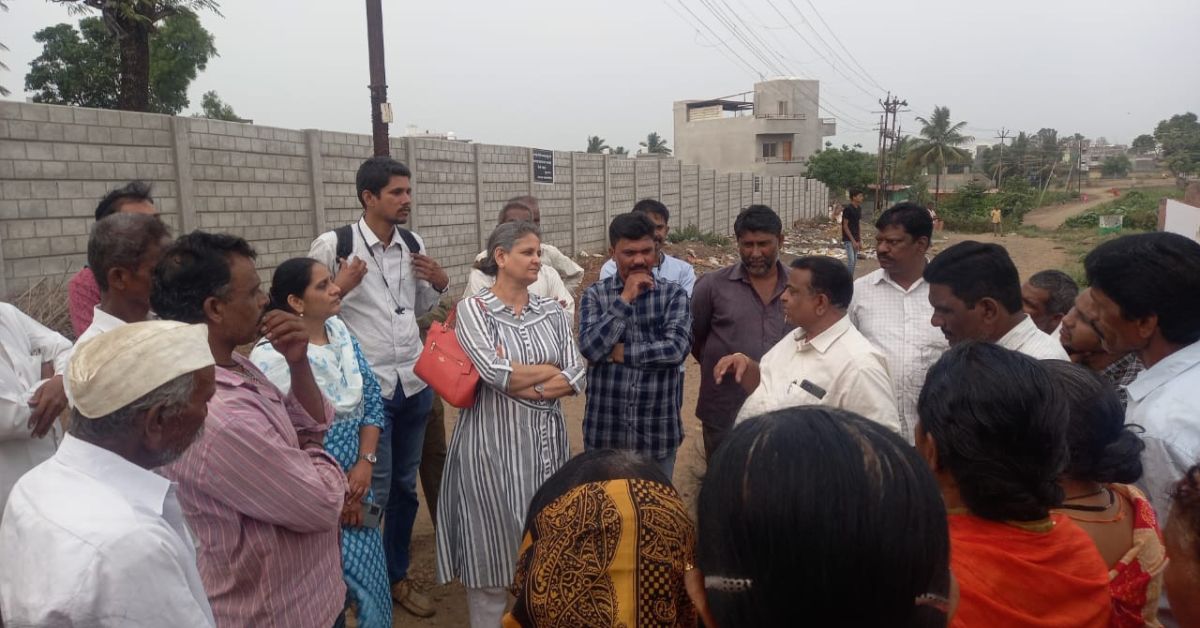
Data was new territory to the architect too. Without data, they couldn’t proceed. Mind you, this was in the late 90s when technology such as Google Maps did not exist.
Resorting to the only resource she could find, Joshi opted for GIS (Geographic Information Systems) — software that stores, manages, analyses, edits, outputs, and visualises geographic data. She used the software to analyse data — such as overall census information, infrastructure, and information about access to facilities such as toilets, and water.
“We were well ahead of our times,” Joshi boasts, smiling at how their “obsession for data”, which was often laughed at, became their strongest anchor.
In 2005, when Google Earth was launched, the mapping done by Shelter Associates got a shot in the arm. The satellite-backed maps went on to form the basis for a key project of the NGO — providing homes in slum areas with plus codes and digital addresses.

These plus codes are determined from the latitudinal and longitudinal location of the slum cluster and are unique to each home. Today, over 87,500 homes are reaping the benefits of having a ‘plus-code’ as it helps them get deliveries, groceries and more, particularly when the COVID-19 pandemic hit.
But that being said, Joshi was intent that the only purpose of mapping shouldn’t be to bring order to the chaos but also to answer important questions. “Sure, mapping lets us know the position of every manhole, every water stand post, garbage bin, electric pole, etc. But I thought ‘What if one was to look at a map and immediately be able to point out the homes that had their own water connection, or their own community toilet?’ Now that would be a great map.”
With the idea of bringing the maps they had created alive, Shelter Associates began conducting surveys on the ground to understand the finer dynamics of the slum clusters.
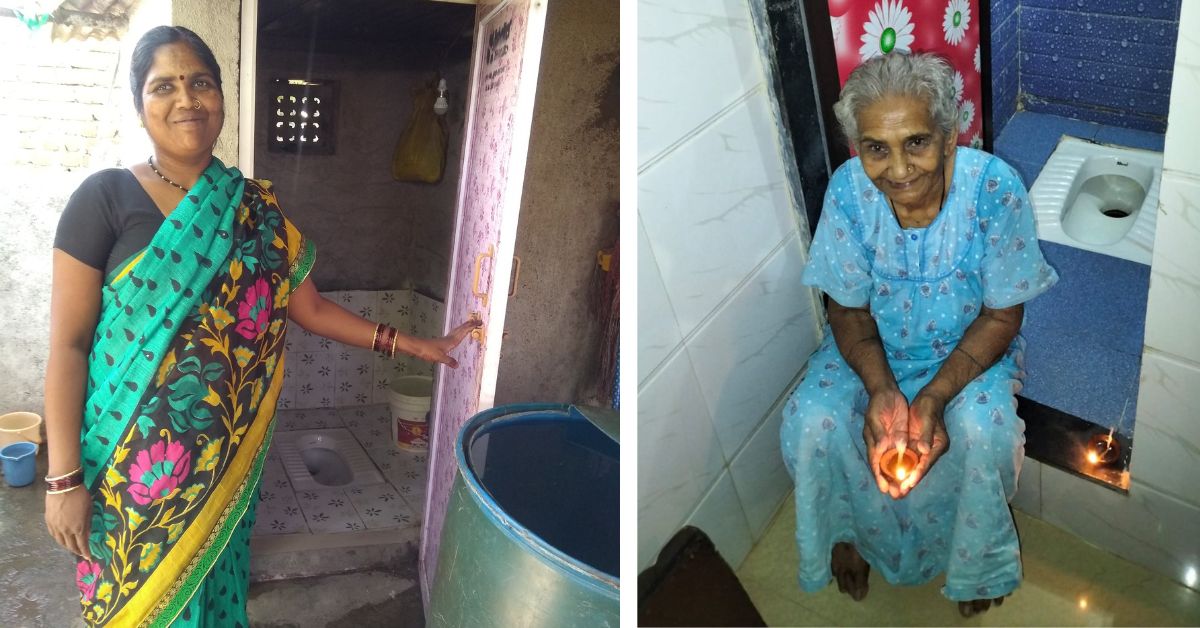
Access to sanitation is a basic right
What are the stereotypes you’ve harboured about slums? “That they breed in large numbers, that they don’t mind living in unclean conditions, that they want services for free?” Joshi asks and answers.
“Well, the data we gathered suggested otherwise,” she notes.
A survey conducted by Shelter Associates deduced that 70 percent of families wanted a toilet in the home in contrast to a community toilet. In fact, they were even willing to shoulder a part of the cost. That’s exactly what the venture’s ‘One Home One Toilet’ project was aimed at. It was launched to help tackle the problem of open defecation and the resulting stress on sanitation systems in slum areas. That goal has been achieved across key slum areas of the city.

Another survey looking at family sizes concluded that the average family size is 4–5 in areas across Pune, Pimpri Chinchwad, Kolhapur and Navi Mumbai where their work is concentrated.
“You see how data helps bust myths?” Joshi is quick to point out.
While Joshi hatched a dream of improving housing services for slum dwellers, she was keen that it shouldn’t uproot their lives. Case in point, she elaborates on the ‘Slum Rehabilitation’ project that was undertaken in Sangli-Miraj between 2011 and 2015.
“A whole citywide approach was adopted to work out a very sensitive solution for people living in 29 settlements across Sangli and Miraj. The project was completed with more than 1,500 families getting a secure roof over their heads. These families got a very well-planned house which has light ventilation and what’s more, is that these people were completely involved in the design process.”
Her next focus is another rehabilitation project in Kolhapur, which she says is one of the first of its kind in Maharashtra. “An entire community is getting rehabilitated!” Joshi says.
“This could be a template for other tier-two cities to follow,” she adds. “It really looks at every settlement with a vulnerability matrix — you start working backwards from the most vulnerable to make sure that they all get brought into mainstream housing.”
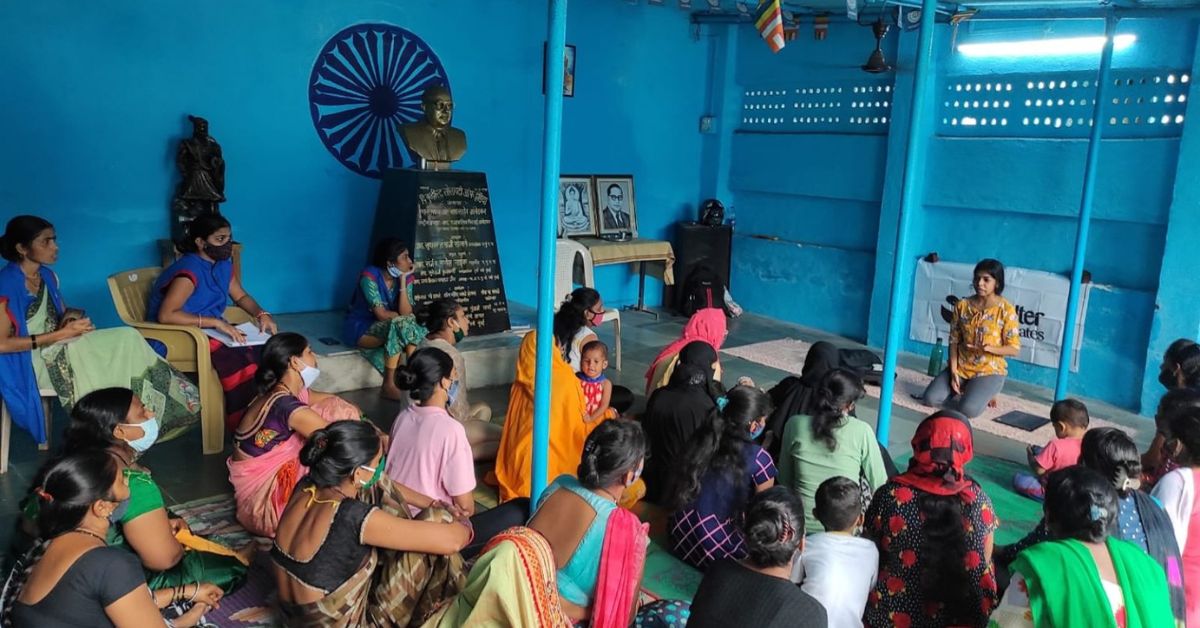
Aside from this, through the menstrual hygiene workshops conducted by Shelter Associates, they urge women and girls in the slum areas of India to opt for menstrual cups that are sustainable. “This program is helping underprivileged slum women and girls to change the conservative attitudes around menstruation,” notes Joshi adding that over 2,500 girls have made the switch.
The venture’s solid waste management project focuses on segregating different types of solid waste and their safe disposal. “Our trained volunteers use spatial data to track and monitor the waste collection helping waste collectors reach every last household. We also help community members to coordinate with the respective ULB members to lay drainage lines, arrange for garbage bins, and clear dumping sites,” Joshi adds.
As she watches the urban clusters silhouetted against the Mumbai skyline, Joshi’s dream is for people in slum areas too, to get access to better standards of living. As for the road ahead, she is certain it is going to be a long one. But she says her initial years shaped her learnings.
“We really sort of jumped into it and then learned to swim. We learned the hard way.” If you found our stories insightful, informative, or even just enjoyable, we invite you to consider making a voluntary payment to support the work we do at The Better India. Your contribution helps us continue producing quality content that educates, inspires, and drives positive change. Choose one of the payment options below for your contribution- By paying for the stories you value, you directly contribute to sustaining our efforts focused on making a difference in the world. Together, let’s ensure that impactful stories continue to be told and shared, enriching lives and communities alike. Thank you for your support. Here are some frequently asked questions you might find helpful to know why you are contributing?

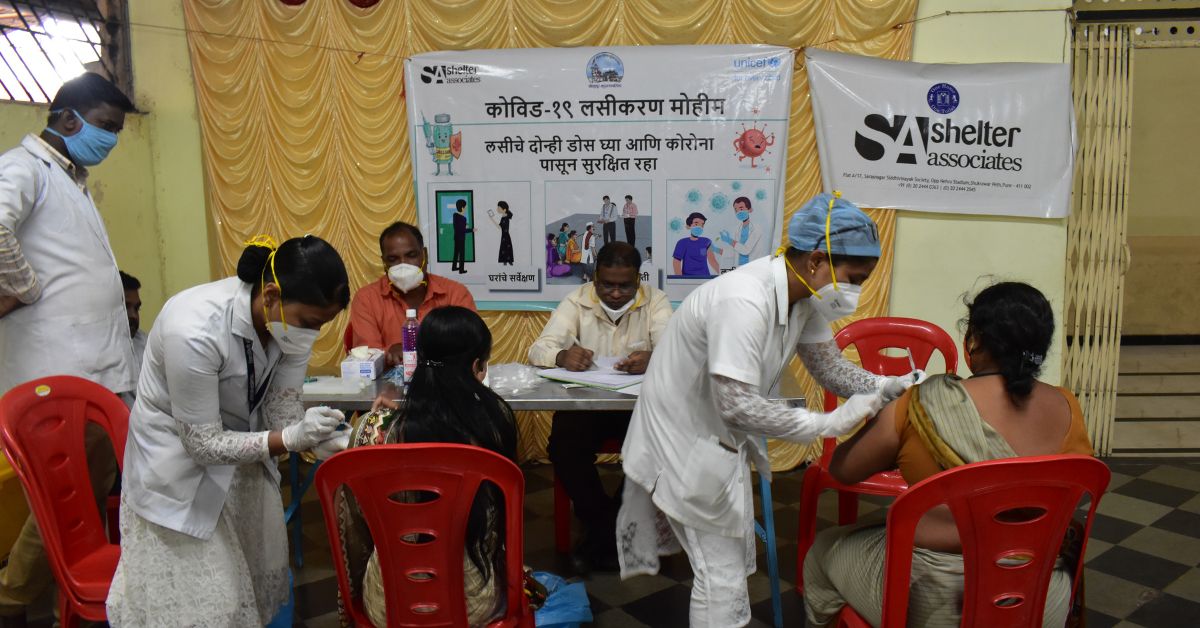
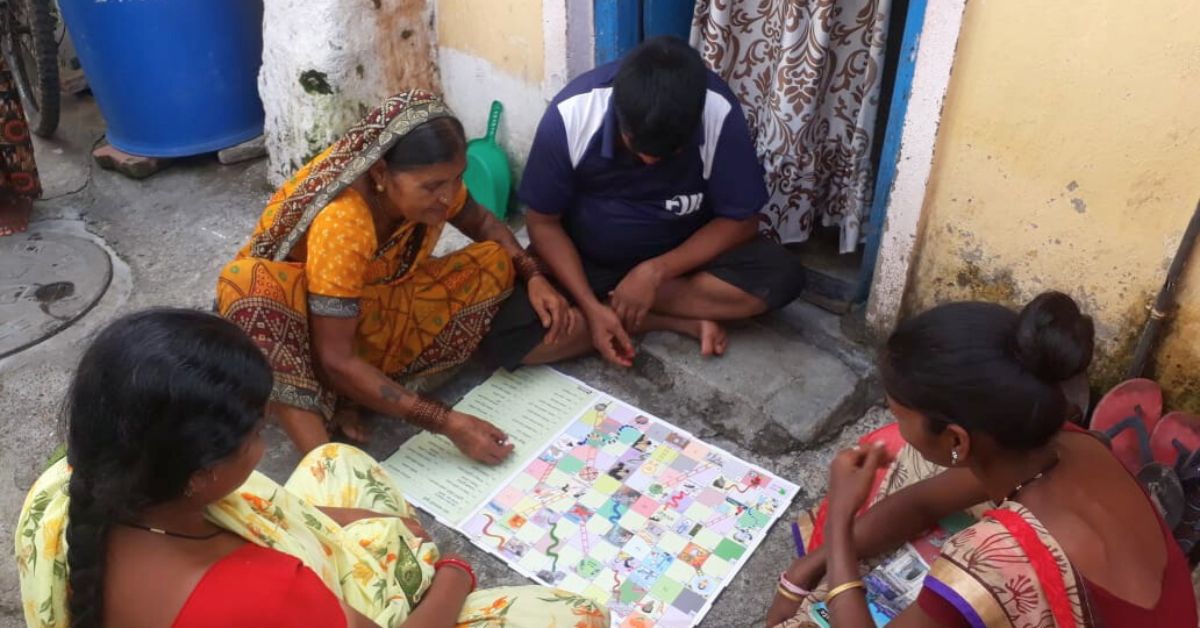

Edited by Pranita Bhat
This story made me
-
97
-
121
-
89
-
167













